#Graeco-roman Egypt
Text
Great find.
60 notes
·
View notes
Photo

Greco-Roman figure of Horus, god of kingship and the sky.
159 notes
·
View notes
Text

Terracotta figures of Hathor
Graeco-Roman Period, c. 300 B.C. - 200 A.D.
Tuna el-Gebel, Egypt.
British museum. EA26265
29 notes
·
View notes
Text

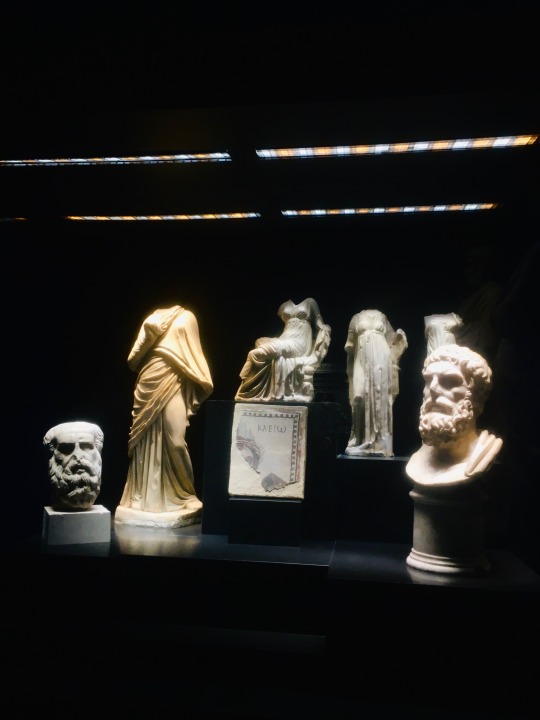






Graeco-Roman Museum
Alexandria , Egypt , January 2024
5 notes
·
View notes
Photo

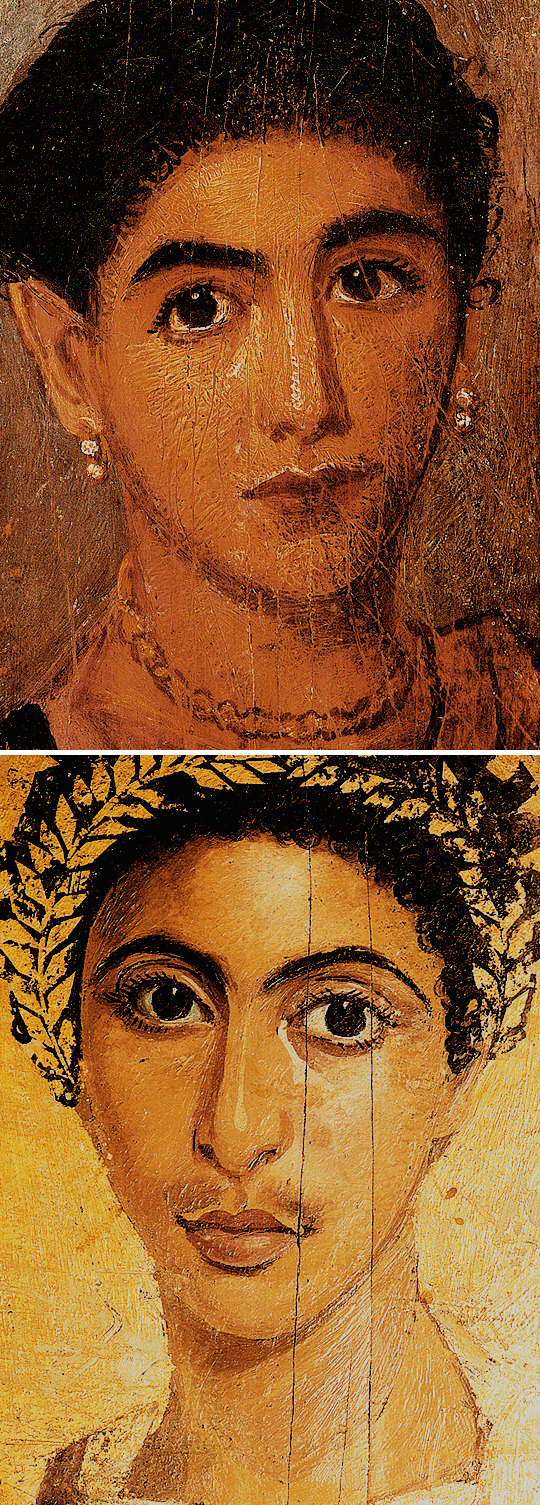




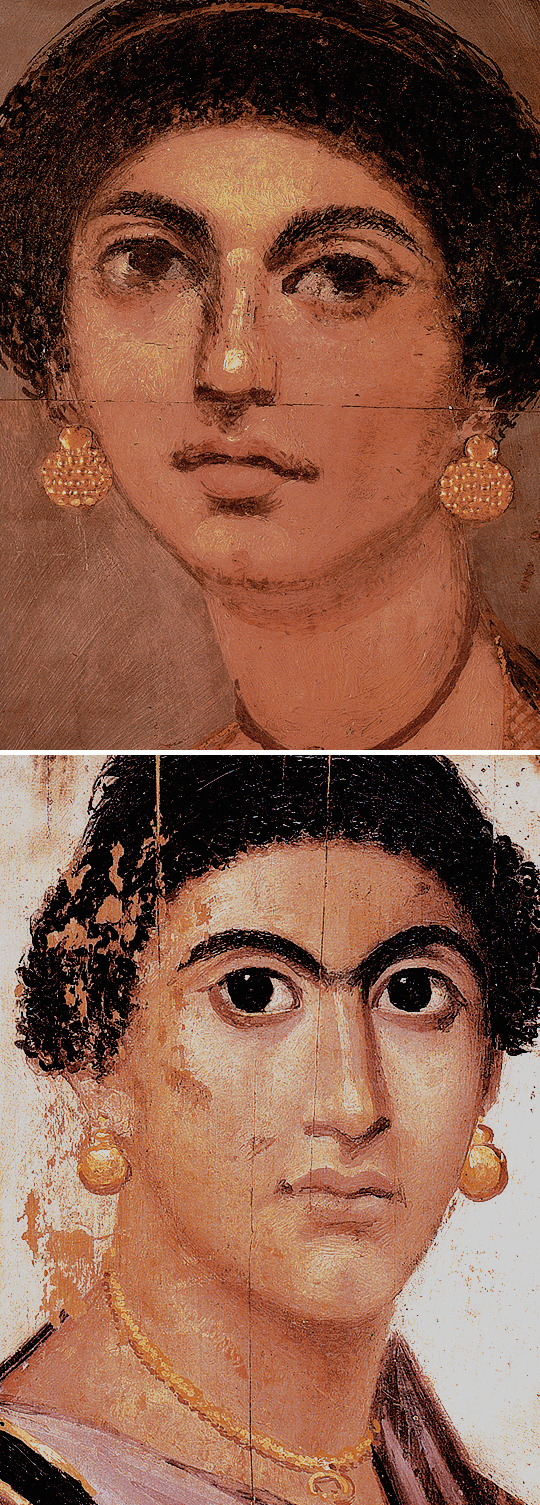

PAINTED MUMMY PORTRAITS OF EGYPTIANS DURING THE ROMAN PERIOD
The painted mummy portraits of Roman Egypt almost uncannily bring before us individuals from about two thousand years ago. The powerful promise of the ancient Egyptian afterlife, the pervasiveness and coherence of Roman culture, and the strong naturalism of the Graeco-Roman painting tradition combined to produce these arresting portraits of the gentility of the towns and cities of Egypt beyond the great metropolis of Alexandria. —Ancient Faces: Mummy Portraits from Roman Egypt (ed. Susan Walker) (1997)
#egypt#ancient egypt#egyptology#archaeology#historyedit#mine#my edit#fayum portraits#roman period#mummy#funerary
3K notes
·
View notes
Text



~ Female Head.
Culture: Graeco-Egyptian
Place of origin: Akhmim, Egypt
Date: 1st century B.C.-A.D. 1st century
Period: Ptolemaic Period-Roman Period
Medium: Limestone, stone, pigment
#ancient#ancient art#history#museum#archeology#ancient egypt#ancient sculpture#roman#ancient history#archaeology#Greco-Roman#female head#portrait#akhmim#Egyptian#egyptology#Egypt#ptolemaic#roman period#1st century B.C.#a.d. 1st century
281 notes
·
View notes
Text
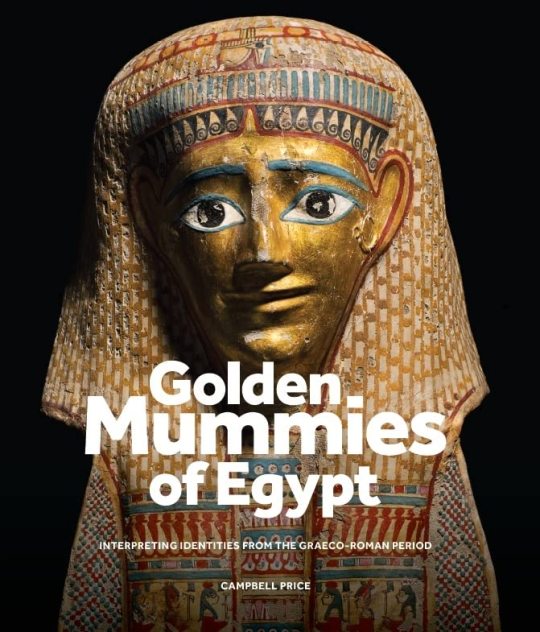
"Golden Mummies of Egypt presents new insights and a rich perspective on beliefs about the afterlife during an era when Egypt was part of the Greek and Roman worlds (c. 300 BCE–200 CE). This beautifully illustrated book, featuring photography by Julia Thorne, accompanies Manchester Museum’s first-ever international touring exhibition. Golden Mummies of Egypt is a visually spectacular exhibition that offers visitors unparalleled access to the museum’s outstanding collection of Egyptian and Sudanese objects – one of the largest in the UK.
This book is the first major publication based entirely on Manchester Museum’s Egyptology collections. It explores the Graeco-Roman Period of Egyptian history, asking to what extent our modern image of Egypt as a land of gold, sex, art and death is representative of ancient concerns and realities."
— Golden Mummies of Egypt: Interpreting identities from the Graeco-Roman period by Campbell Price, Julia Thorne
14 notes
·
View notes
Text
It was a first-class ticket to the afterlife in Ancient Egypt. The astounding discovery of the dazzling golden mummy of Lady Isaious brought to light an amazing blend of Egyptian and Graeco-Roman cultures and a symbol of power in the late stages of Ancient Egypt.
#Egypt#Roman#mummy#burials#mummified#afterlife#Egyptian Artifacts#Egyptian Mummies#ancient#history#ancient origins
17 notes
·
View notes
Note
I loove this especially all the backstory options. I am curious though how the mc's backstory will affect ethinicity and appearance especially when it comes to Zhou and Nile. I'm not sure if it would historically make sense for the mc to look very white if they come from Egypt at that time, I could be wrong though I'm not a historian. Just interested about how this will be handled in the story.
Yes, this is a great topic and I was wondering if someone would ask! I thought a LOT about this because its very important to me that I'm not using inspiration or cultures from history but then whitewashing them.
So, every backstory comes with customization options that you would typically see, such as hair, eyes, skin tone, etc. However, you will only be able to pick from certain options with some of the backstories.
So, as an example, I can't imagine blue eyes being an option for the Nile backstory. Some more modern discoveries support the idea that there may have been some Ancient Egyptians with blonde hair and even blue eyes, but they think it was during the Graeco-Roman period, which is not even close to the timeline of that backstory anyway.
I'm not a historian either so I won't pretend to be and I may get things wrong sometimes, or may change historical events for the purpose of the game (I mean, this is a world with non-humans). But I've been doing tons of research for each backstory, so I am being mindful of these customization options as I write the game, as well as other things like food, clothing, hobbies, etc.
I appreciate you asking this question.
33 notes
·
View notes
Text
Zephyr Hawk (Paths Beyond)
One of 2e’s many small adjustments that I love is no longer categorizing elementals by size. Instead, this edition gives us a variety of elementals of each type based on their niche. None of them get a lot of word count individually, but we can extrapolate from what we know.
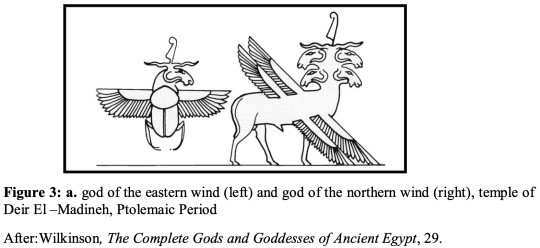
Ptolemaic wind deities. We'll come back to them. Image is from THE ICONOGRAPHY AND FUNCTION OF WINGED GODS IN EGYPT DURING THE GRAECO-ROMAN PERIOD by Sara El-Sayed Kitat, which you should absolutely read.
Zephyr hawks are low-level elementals that travel the Plane of Air in large flocks. While they have “hawk” in their name, don’t get fooled - they could represent any small flying animal, as long as it has wings. Owls, vultures, bats, pterodactyls, and stranger beasts out of your imagination are all fair game. While elemental animals don’t need to feed and mate the same way as their mortal counterparts, they can still mimic some of their archetypal behaviour, giving you ways to get some personality.
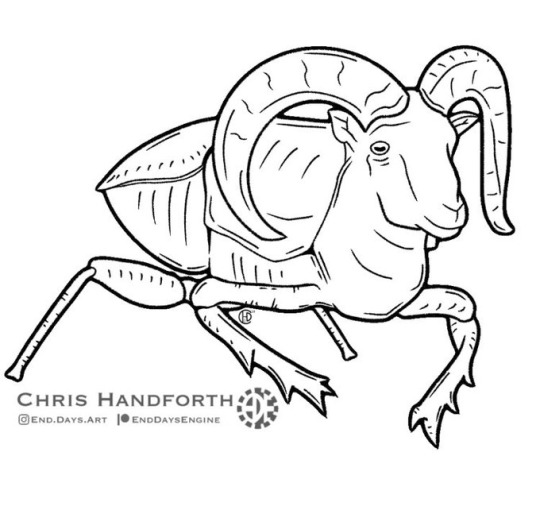
This one on the other hand, is mine. And a fair shake better than the last time my art featured on the blog.
The other thing to remember is that these elementals don’t necessarily have to come from the Inner Planes. They could also arise from deities or realms tied to air or flight, so don’t limit yourself. They could be spirits of the wind, like the Ptolemaic deities above, especially on the Golden Road. The four-headed goat would be a better fit for a different elemental species, but the winged goat-headed scarab could work well. Its an excellent way to both play up the weirdness while sneaking in some bonafide mythology as well.
While Gozreh doesn’t have many elemental servitors, the Wind and the Waves is fond of zephyr hawks. These elemental birds serve as their eyes and ears on the Plane of Air, keeping the God apprised of plots from the Elemental Lords and djinn that threaten to spill into the mortal realm. Others arise from the Goddess directly as she travels the material world. Such seabirds are blessings when sighted by Gozreh’s clergy.
In the depths of the Abyss, Isph-Aun-Vuln commands flocks of bizarre zephyr hawks. These fiendish elementals are little more than two wings that unite in a singularity of tentacles and teeth. Many spawn directly from the Feaster Within’s domain, but others result from her poison winds possessing and corrupting elementals or even mortal’s breath.
Natul is a ghoul sorcerer within the Cenotaph Society who seeks to turn Nex’s use of planar allies against them. He has perfected summoning zephyr owls from the Plane of Air’s Sea of Night’s Embrace and now seeks more information on the darkened expanse. While his society creates planar havens where undead are accepted by the living, Natul is under no illusions that the plane’s benthic undead will embrace him with open arms. He will need adventures unafraid of death and the endless expanse to accompany him or act as his proxies.
#Elemental#Bird#Plane of Air#Pathfinder#Planescape#Paths Beyond#Pathfinder 2e#Pf2e#Plothooks#Worldbuilding#Ancient Egypt
22 notes
·
View notes
Text


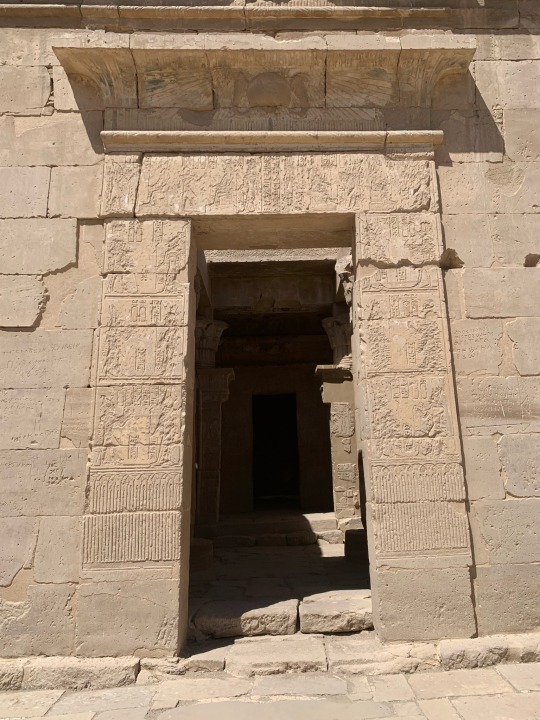
The temple of Hathor at Deir el Medina. The current temple dates from the Graeco-Roman period, but there may well have been one on this site much earlier, serving the village of artisans (shown in the first picture). You can see I had the place to myself!
I managed to get to the temple without any of the staff seeing me lol. It's not that I wasn't meant to be there; it's just, if they see you, they come up and try to show you round and generally don't leave you alone. So I spent this whole day avoiding the temple/site guards except when I wanted a cup of tea. Visiting Egypt pro-tip: everyone has tea. You want tea? Befriend a guard. Drink tea with him. Give him a tip. You make lots of friends in the course of a day, and you also get lots of tea!
But yeah, if you don't want to suddenly acquire a 'guide', you have to sneak round some of the monuments!
2 notes
·
View notes
Text
Very interesting iconography.
14 notes
·
View notes
Text
Serapeum's name makes more sense once I've actually woken her up. TL DR It's a temple to a fusion god (created to legitimize an empire) made of ritually sacrificed bulls and the god of the dead and rebirth. The earliest serapeum had a daughter library of the Library of Alexandria.
From Wikipedia:
A serapeum is a temple or other religious institution dedicated to the syncretic Greco-Egyptian deity Serapis, who combined aspects of Osiris and Apis in a humanized form that was accepted by the Ptolemaic Greeks of Alexandria.
Serapis or Sarapis is a Graeco-Egyptian god. A syncretic deity derived from the worship of the Egyptian Osiris and Apis, Serapis was extensively popularized in the third century BC on the orders of Greek Pharaoh Ptolemy I Soter, as a means to unify the Greek and Egyptian subjects of the Ptolemaic Kingdom.
The cultus of Serapis was spread as a matter of deliberate policy by subsequent Ptolemaic kings. Serapis continued to increase in popularity during the Roman Empire, often replacing Osiris as the consort of Isis in temples outside Egypt. Alongside his Egyptian roots he gained attributes from other deities, such as chthonic powers linked to the Greek Hades and Demeter, and benevolence derived from associations with Dionysus.
The Serapeum of Alexandria in the Ptolemaic Kingdom was an ancient Greek temple built by Ptolemy III Euergetes (reigned 246–222 BC) and dedicated to Serapis, who was made the protector of Alexandria, Egypt. There are also signs of Harpocrates. It has been referred to as the daughter of the Library of Alexandria.
Ptolemy I Soter ordered the construction of the first temple dedicated to Serapis. It appears that it was a simple and modest building. Ptolemy introduced the cult of this god. Ptolemy III expanded it, at the same time as he ordered the construction of the Library of Alexandria. Starting with the Roman emperor Claudius (emperor from 41 AD to 54 AD), the temple evolved and took on the dimensions of a large sanctuary, until it reached 185 by 92 meters. In this way, the Alexandrian acropolis was embellished with a series of buildings: in addition to the aforementioned temple and library, the temple of Anubis, that of Isis, the necropolis of sacred animals, the obelisks of Seti I and the great column of Serapis, which was still standing in the 3rd century, were added.
The Serapeum of Saqqara was the ancient Egyptian burial place for sacred bulls of the Apis cult at Memphis. It was believed that the bulls were incarnations of the god Ptah, which would become immortal after death as Osiris-Apis. a name which evolved to Serapis.
Ptah is an Egyptian creator god who conceived the world and brought it into being through the creative power of speech. A hymn to Ptah dating to the Twenty-second Dynasty of Egypt says Ptah "crafted the world in the design of his heart," and the Shabaka Stone, from the Twenty-Fifth Dynasty, says Ptah "gave life to all the gods and their kas as well, through this heart and this tongue."
ka=soul, essence of life
2 notes
·
View notes
Text
Egypt celebrates the new opening of The Greco- Roman Museum after renovations
#Travel#tourism#Cairo#Egypt#Pyramids#come_to_Egypt#Tour#Vacation#trip#daytour#cruise#Nile#Luxor#Aswan#Cairo_top_tours
5 notes
·
View notes
Text








Graeco-Roman Museum
Alexandria, Egypt , January 2024
27 notes
·
View notes
Text
Serapis

Serapis or Sarapis is a Graeco-Egyptian God. The cult of Serapis was created during the third century BC on the orders of Greek Pharaoh Ptolemy I Soter of the Ptolemaic Kingdom[1] in Egypt as a means to unify the Greeks and Egyptians in his realm.
The cultus of Serapis was spread as a matter of deliberate policy by the Ptolemaic kings. Serapis continued to increase in popularity during the Roman Empire, often replacing Osiris as the consort of Isis in temples outside Egypt. Though Ptolemy I may have created the official cult of Serapis and endorsed him as a patron of the Ptolemaic dynasty and Alexandria, Serapis was a pre-existing syncretistic deity derived from the worship of the Egyptian Osiris and Apis[2] and also gained attributes from other deities, such as chthonic powers linked to the Greek Hades and Demeter, and with benevolence derived from associations with Dionysus.
Like many pagan cults of its time, the cult of Serapis declined during the rule of Theodosius I as the emperor, a Christian, implemented religious laws to restrict paganism across the empire. The main cult at Alexandria survived until the late 4th century, when a Christian mob directed by Pope Theophilus of Alexandria destroyed the Serapeum in Alexandria some time around 391 CE, during one of the frequent religious riots in the city.
#Serapis#article#roman#rome#pegan#Graeco-Egyptian God#history#ancient history#ancient rome#ancient greece#Alexandria#wikipedia
8 notes
·
View notes